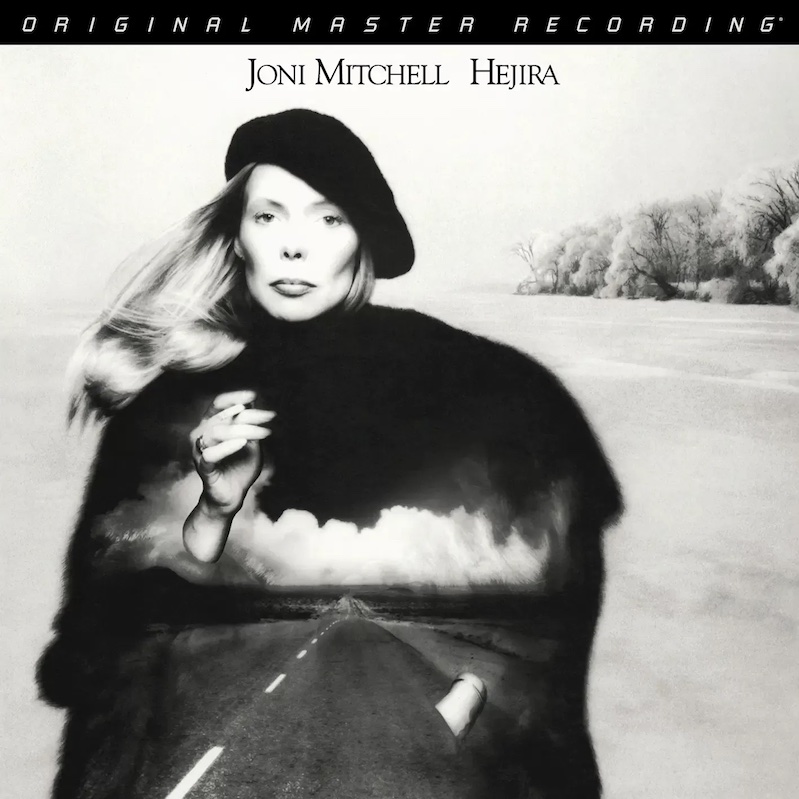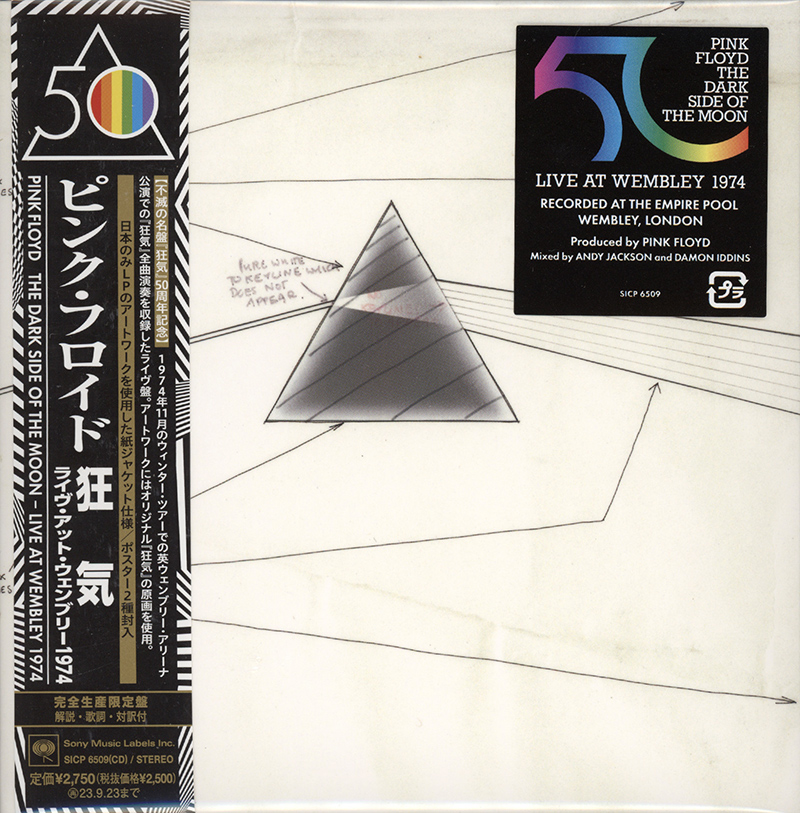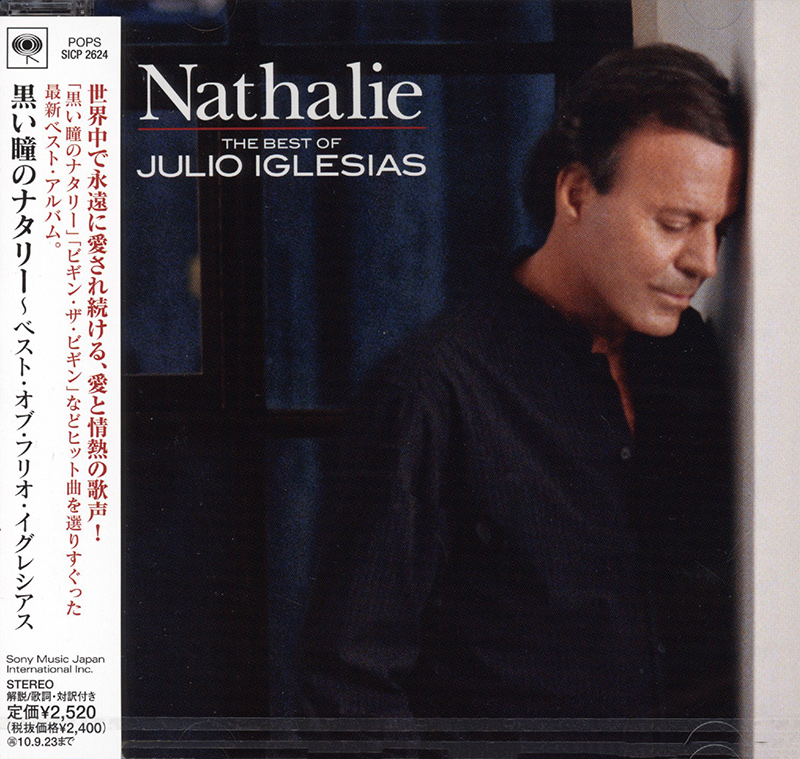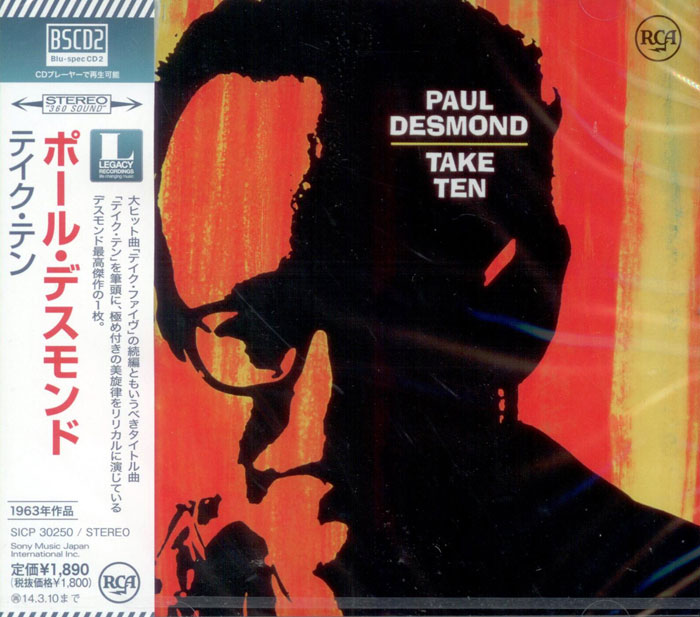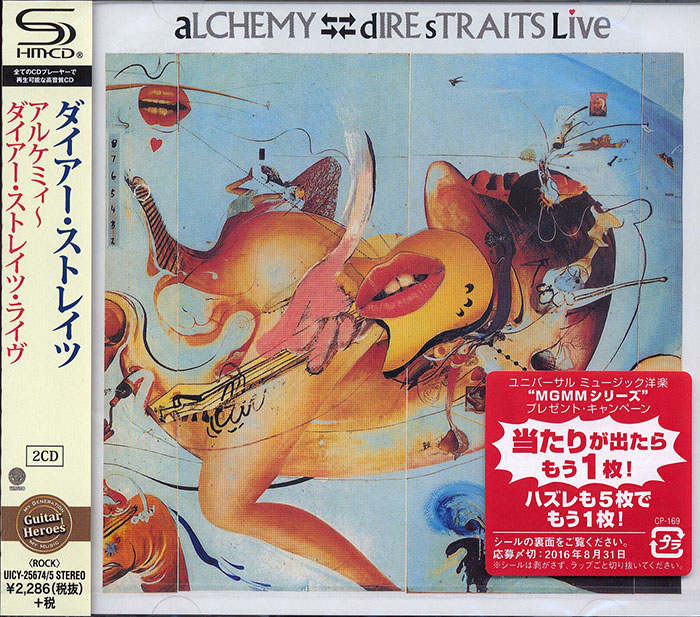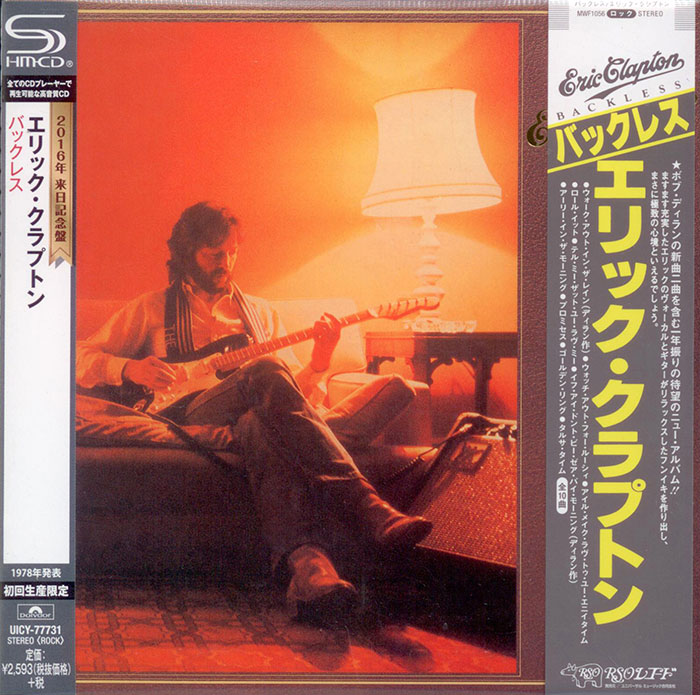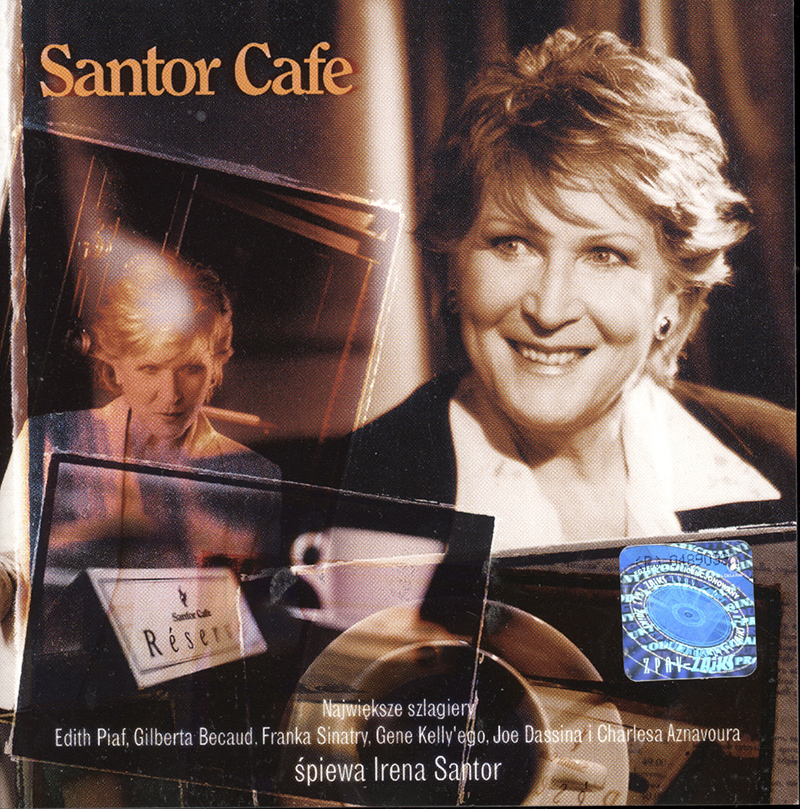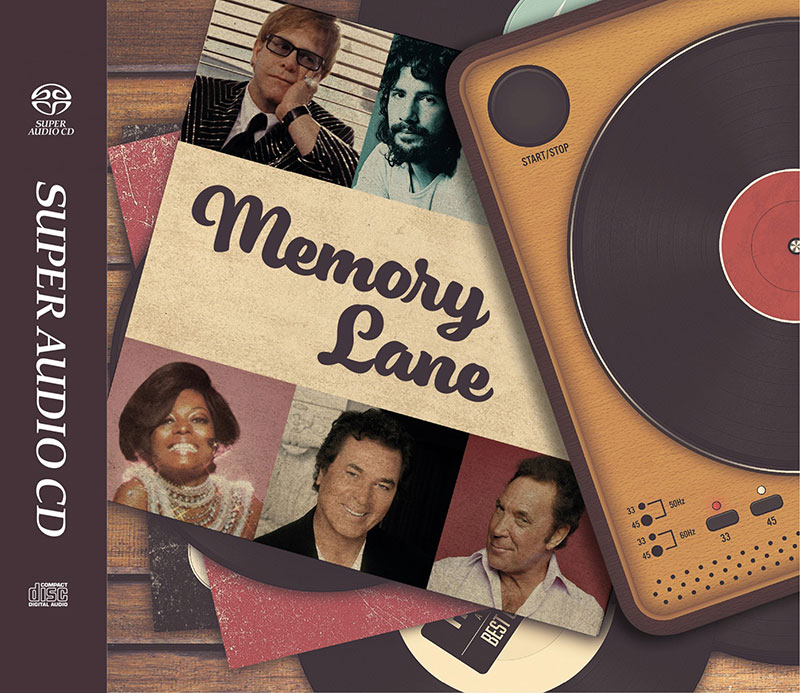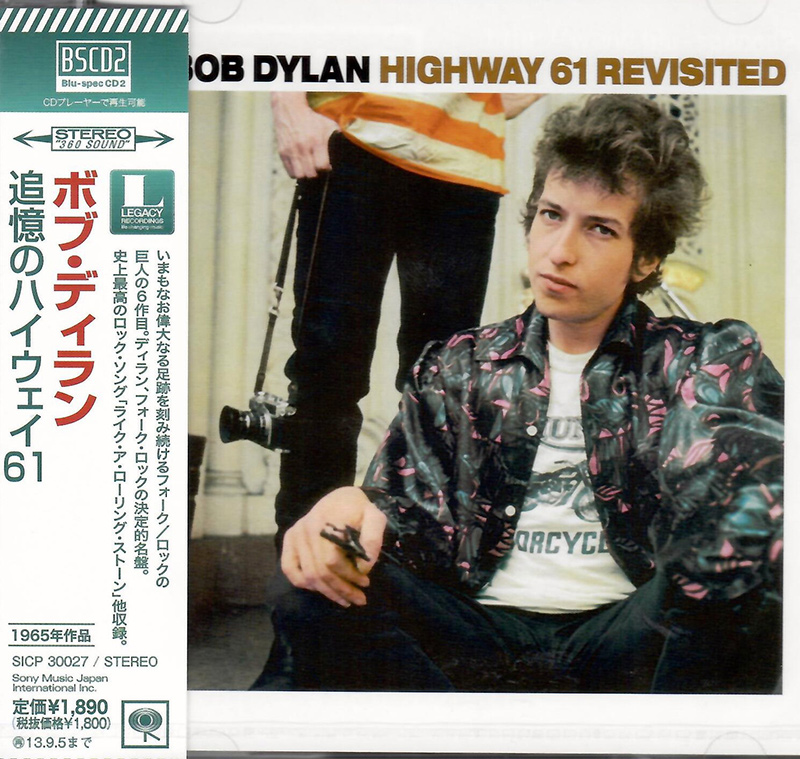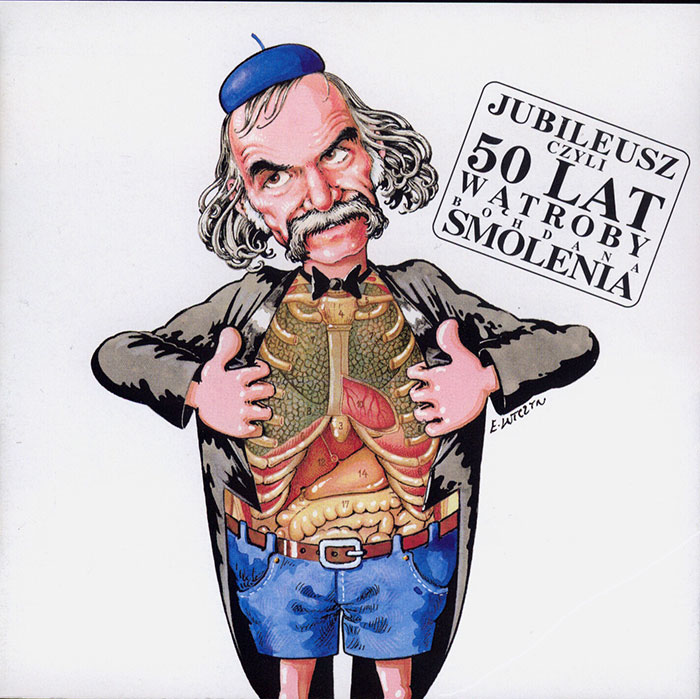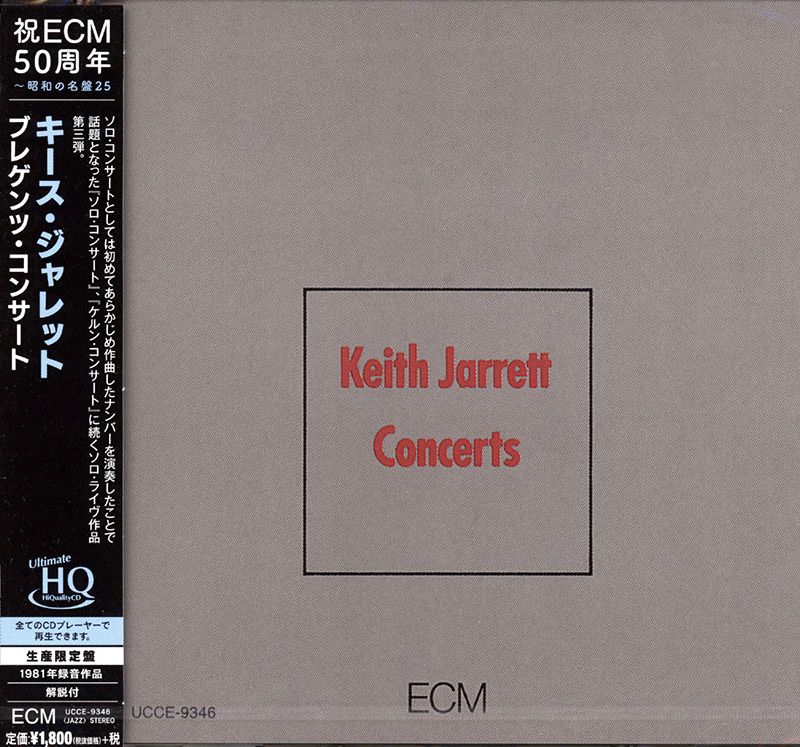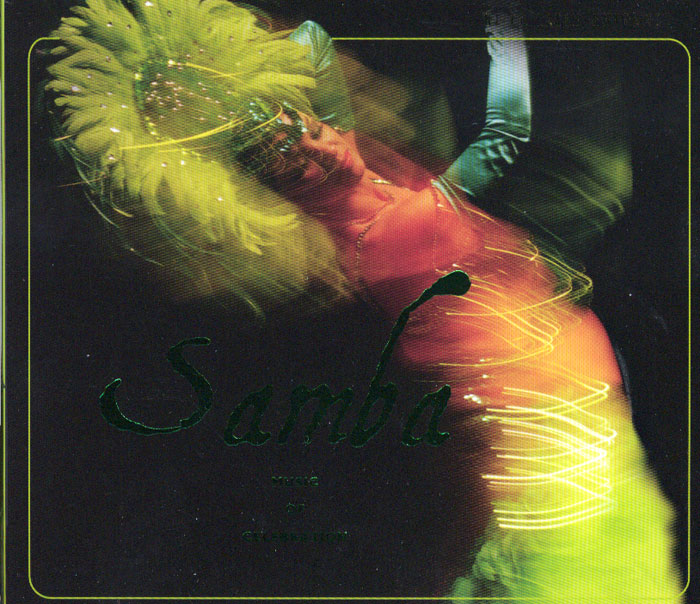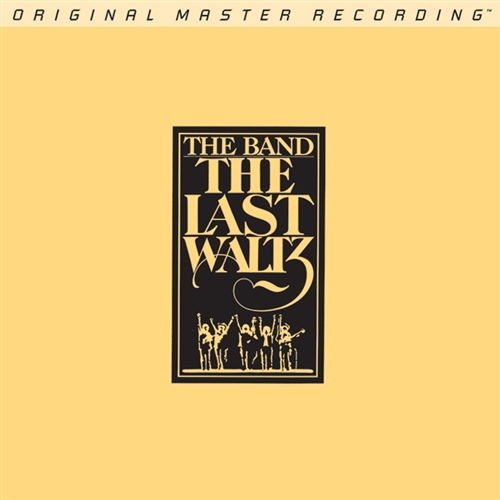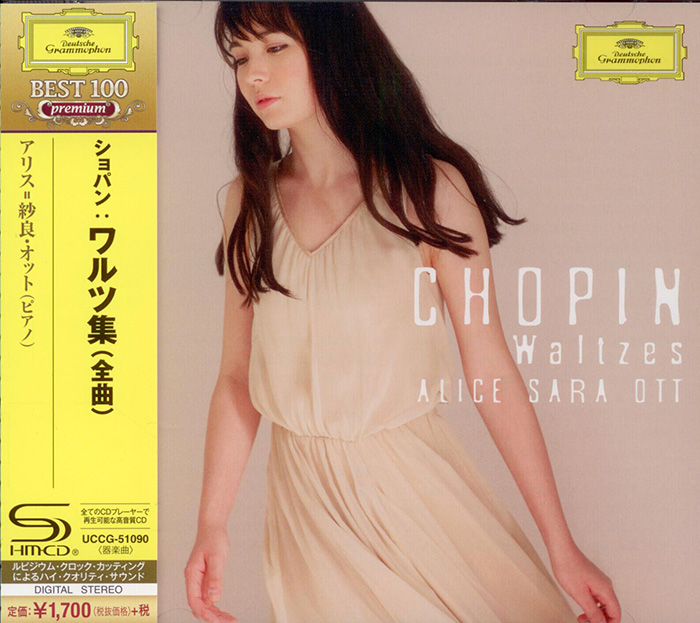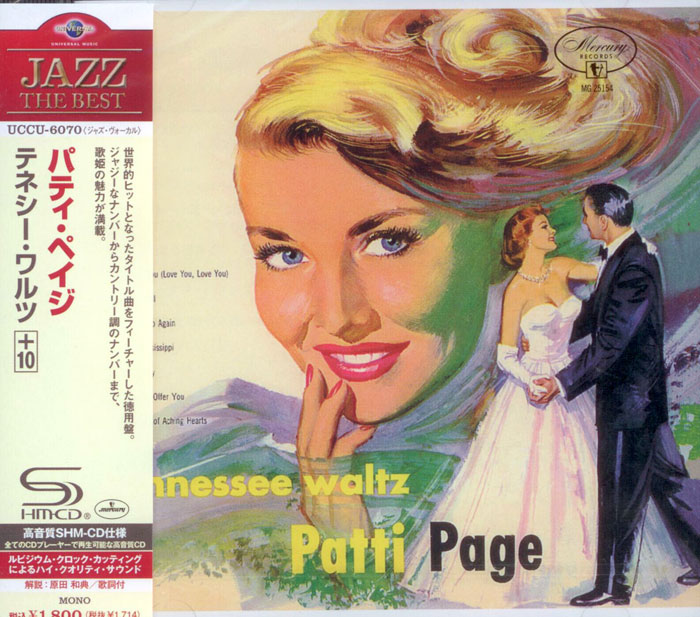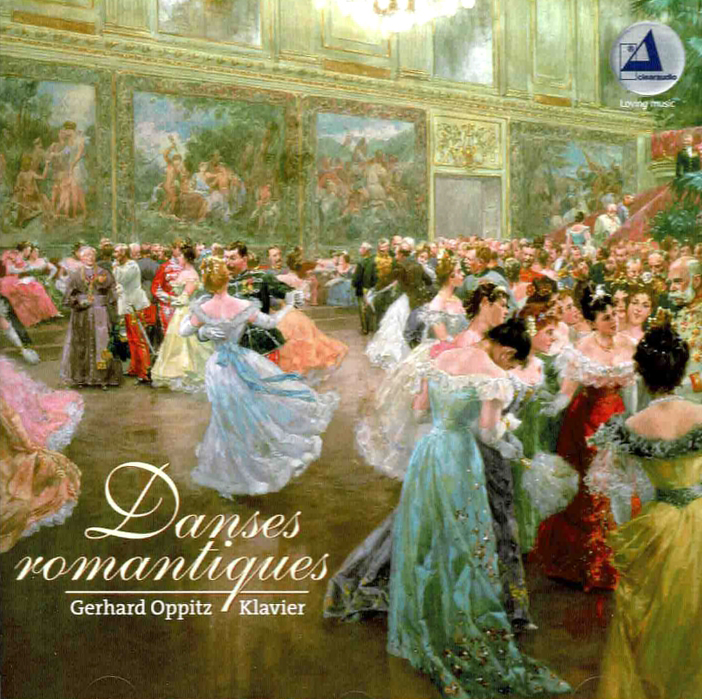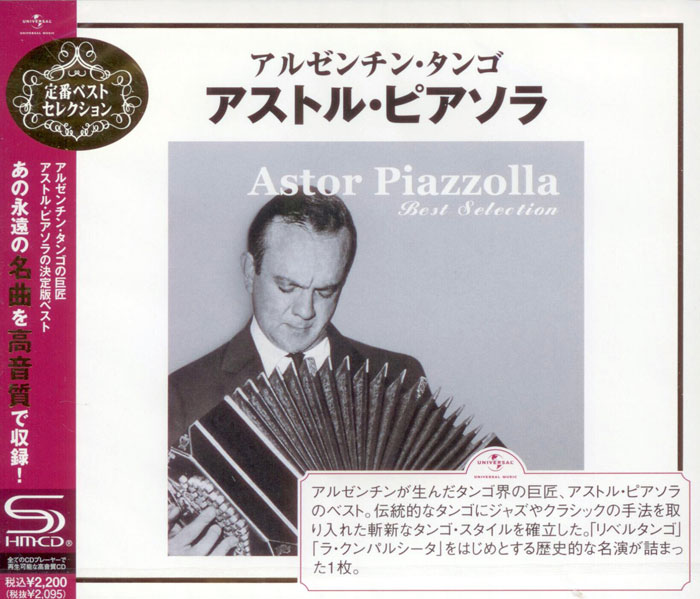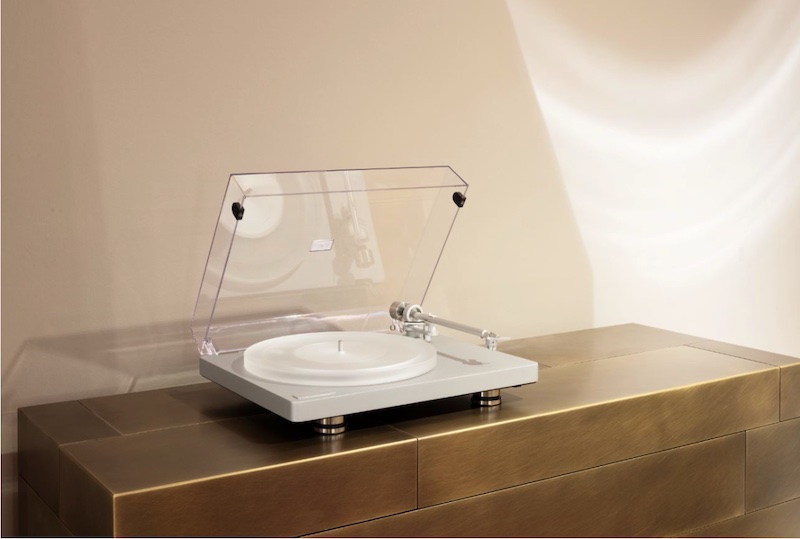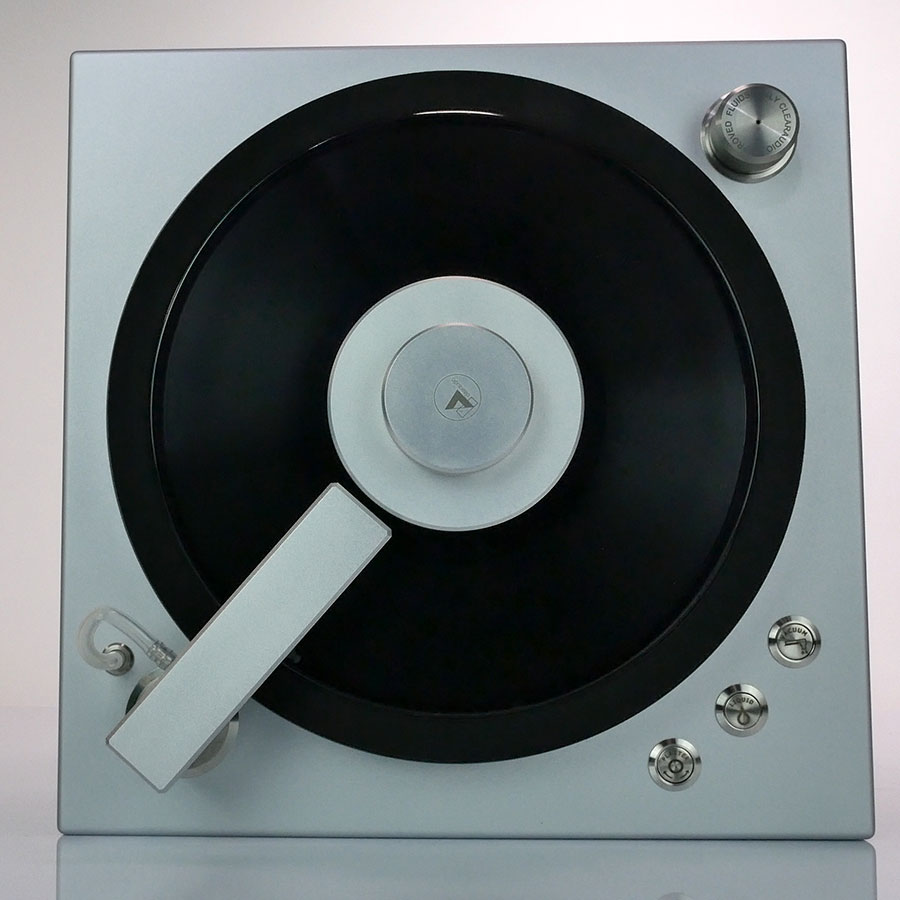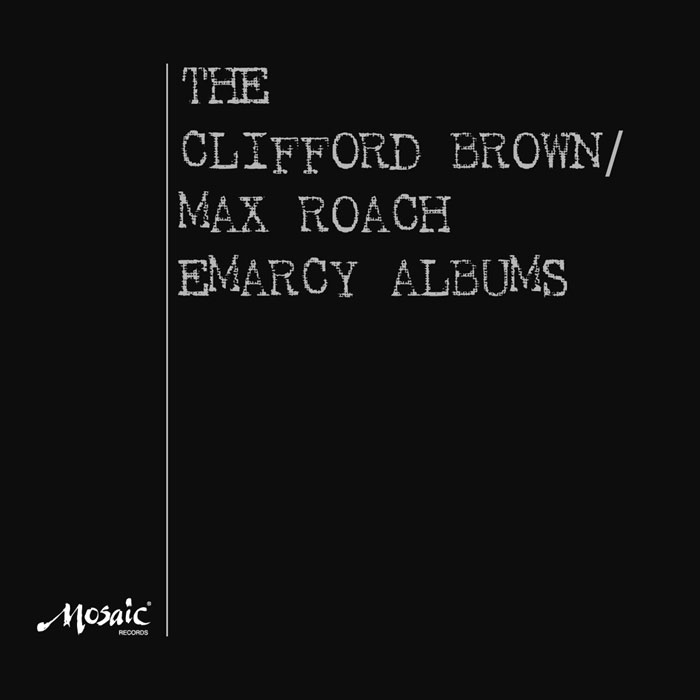Logowanie
Mikołaj - ten to ma gest!
Elton John, The Mamas & The Papas, Cat Stevens, Rod Stewart, Bobbie Gentry, Stevie Wonder, Engelbert Humperdinck
Memory Lane
Edycja Numerowana - 1000 egzemplarzy w skali światowej
RACHMANINOV, Eiji Oue, Minnesota Orchestra
Symphonic Dances / Vocalise
Best Recordings of 2001!!! NAJCZĘŚCIEJ KUPOWANA PŁYTA Z RR!
Karnawał czas zacząć!
Music of Love - Hi-Fi Latin Rhythms
Samba : Music of Celebration
AUDIOPHILE 24BIT RECORDING AND MASTERING
CHOPIN, LISZT, DEBUSSY, DVORAK, Gerhard Oppitz
Dances romantiques - A fantastic Notturno
Wzorcowa jakość audiofilska z Clearaudio
Winylowy niezbędnik
ClearAudio
Double Matrix Professional - Sonic
najbardziej inteligentna i skuteczna pralka do płyt winylowych wszelkiego typu - całkowicie automatyczna
Clifford Brown, Max Roach
The Clifford Brown and Max Roach Emarcy Albums
- Clifford Brown - trumpet
- Max Roach - drums
Legendarne kolekcje 'Mosaic'
In 1954, months before the Jazz Messengers, spearheaded by Art Blakey and Horace Silver, formed serendipitously at a Blue Note recordings session, Max Roach was forming his own quintet with Clifford Brown in Los Angeles. It would become the first defining group in the music that would soon be known as hard bop.
There was some trial and error in landing on the perfect combination of players. But by August, the group's line-up with Harold Land, Richie Powell and George Morrow and a major label deal with Emarcy Records were secured. Four marathon sessions that month yielded "Brown And Roach Incorporated" and most of the second album "Clifford Brown And Max Roach".
What was immediately striking was the fresh sound of the quintet. The remarkable empathy within the group, the careful selection of material and the exciting arrangements by Powell all contributed mightily to that sound. Clifford Brown had come into his own as composer as "Sweet Clifford", "Joy Spring" and "Daahoud" demonstrate. It didn't hurt that Roach and Brown were complete originals and among the greatest performers on their instruments.
Six months later, the ensemble went into the studio to cut 11 gems, two of which were used to complete "Clifford Brown And Max Roach" while the rest formed the third album "Study In Brown". Their growth as a band is evident and, by this time, Powell and Land were also composing for the group.
In late 1955, Harold Land left the quintet for personal reasons. Roach recruited Sonny Rollins, who was available and at the top of his game. The chemistry between Rollins and Brown was immediate. In January and February 1956, they cut the quintet's final album "At Basin Street" which was actually a studio album. On fact, it was stunning studio album from any point of view.
On June 26, 1956, a car accident took the life of Brown and Powell, bringing this brilliant ensemble's legacy to a close. Brown had done many side projects for Emarcy in those two years, but it is the four albums by the quintet that have had the most enduring influence on successive generations of jazz artists. In the words of liner note writer Bob Blumenthal, »the Clifford Brown/Max Roach Quintet created one of the very greatest string of small-group recordings in jazz history, worthy of consideration alongside the Hot Fives and Sevens of Louis Armstrong and the quintets of Charlie Parker and Miles Davis«.
Mosaic has returned to the original analog masters of these four seminal albums and remastered them and pressed them on 180-gram vinyl at the renowned Record Technology Inc. plant in Camarillo, California. The booklet boasted a great essay by Bob Blumenthal and a wealth of photographs by Chuck Stewart and Francis Wolff.
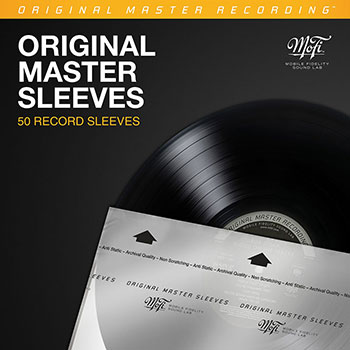 >>> Płyty winylowe należy przechowywać WYŁĄCZNIE w NAJLEPSZYCH NA ŚWIECIE koszulkach produkcji legendarnej wytwórni MOBILE FIDELITY.
100% gwarancji na pozbycie się trzasków będących w istocie w 90% efektem ładunków elektrostatycznych a nie uszkodzeń mechanicznych płyty! <<<
>>> Płyty winylowe należy przechowywać WYŁĄCZNIE w NAJLEPSZYCH NA ŚWIECIE koszulkach produkcji legendarnej wytwórni MOBILE FIDELITY.
100% gwarancji na pozbycie się trzasków będących w istocie w 90% efektem ładunków elektrostatycznych a nie uszkodzeń mechanicznych płyty! <<<
 >>> Ten zestaw to podstawa każdego toru winylowego! <<<
>>> Ten zestaw to podstawa każdego toru winylowego! <<<
